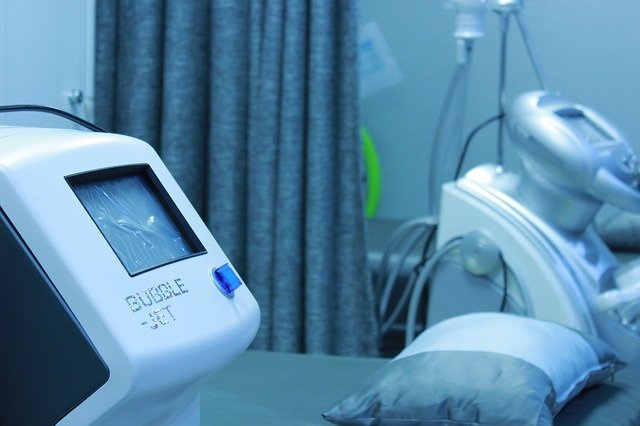Abstract
Microfibrillated cellulose (MFC) has recently been explored as a novel nanostructured system for controlled drug delivery. The present study examines the releasing behavior and antibacterial efficacy of cellulose (CC) and tempo-oxidized- microfibrillated cellulose (TO-MFC) loaded with oxytetracycline at three different physiological pH (2.1, 6.8 and 9.0). The releasing mechanism from cellulosic matrix was assessed by applying zero order, first order, and second order & Ritger-Peppas model. The well diffusion assay was carried out to investigate the antibacterial efficacy of the prepared MFCs. Results indicate that the stability for the drug loaded on TO-MFC at all the pH was significant.
TO-MFC and CC both showed sustained release of OTC and followed Ritger-Peppas model signifying the diffusion process. The sustained antibacterial activities of these cellulosic matrixes were also observed. Results indicate that both drug delivery systems retained their medicinal properties against bacteria. The application of MFC could be very promising since it allows a sustained release of drug conserving long-term antibacterial efficiency.
To Read Further & Download Article








